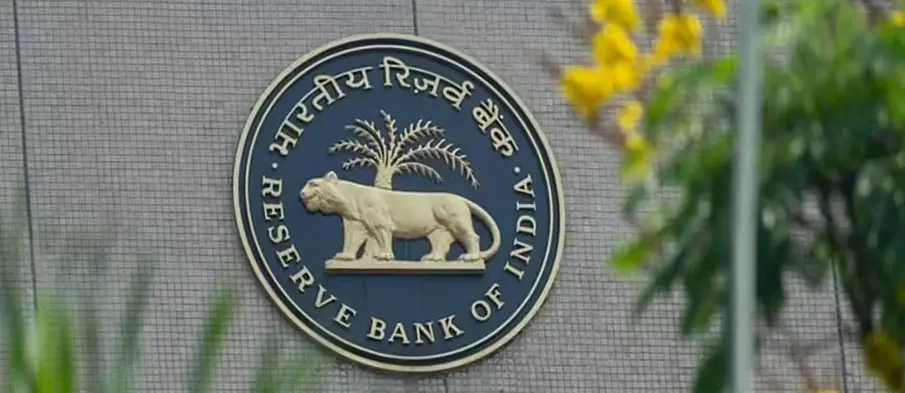
The Reserve Bank of India’s (RBI) newly introduced FREE-AI framework—which emphasizes fairness, robustness, efficiency, and explainability in artificial intelligence systems—is expected to reshape the way Indian banks and financial institutions deploy AI. Experts note that while the framework will demand significant investment, new governance structures, and industry-wide capacity building, it is a crucial step in ensuring accountability and sustaining public trust in AI-driven decisions.
Industry leaders believe the biggest challenge lies not just in technology but in cultural adoption. Ajay Trehan, founder and CEO of AuthBridge, explained: “Explainability means every AI-driven decision must be traceable to logic a human can understand, while fairness means ensuring no demographic is unduly disadvantaged.” He added that RBI’s move effectively turns responsible AI from a best practice into a compliance mandate.
While banks may face upfront hurdles in upgrading infrastructure, training staff, and establishing monitoring mechanisms, experts argue that the long-term gains outweigh the costs. They expect benefits such as higher-quality decision-making, reduced compliance risks, and stronger customer confidence. As Trehan pointed out: “The hardest part is rarely the technology; it’s cleaning legacy data and driving cultural change so that fairness and transparency are built in from day one.”
From a regulatory lens, auditing AI under the FREE-AI framework will go beyond algorithms. Karthik Pasupathy, partner, Financial Services Risk Consulting, EY India, explained: “Auditing involves evaluating governance processes, use case approvals, involvement of risk and compliance functions, and documenting decisions.” He emphasized that rigorous testing must include rare or extreme case scenarios to verify that models adhere to both legal requirements and ethical principles.
Techniques such as SHAP (Shapley Additive Explanations) and LIME (Local Interpretable Model-agnostic Explanations) can support transparency, but Pasupathy cautioned that fairness ultimately depends on the quality of training data. “Data cleaning is often the hardest part,” he said, noting the difficulty of eliminating historical biases embedded in datasets.
Most Indian banks are still at the early stages of AI adoption, transitioning gradually from rule-based systems to basic machine learning models. The FREE-AI framework is therefore expected to act as both a compliance compass and a catalyst for accelerating the sector’s AI maturity.





